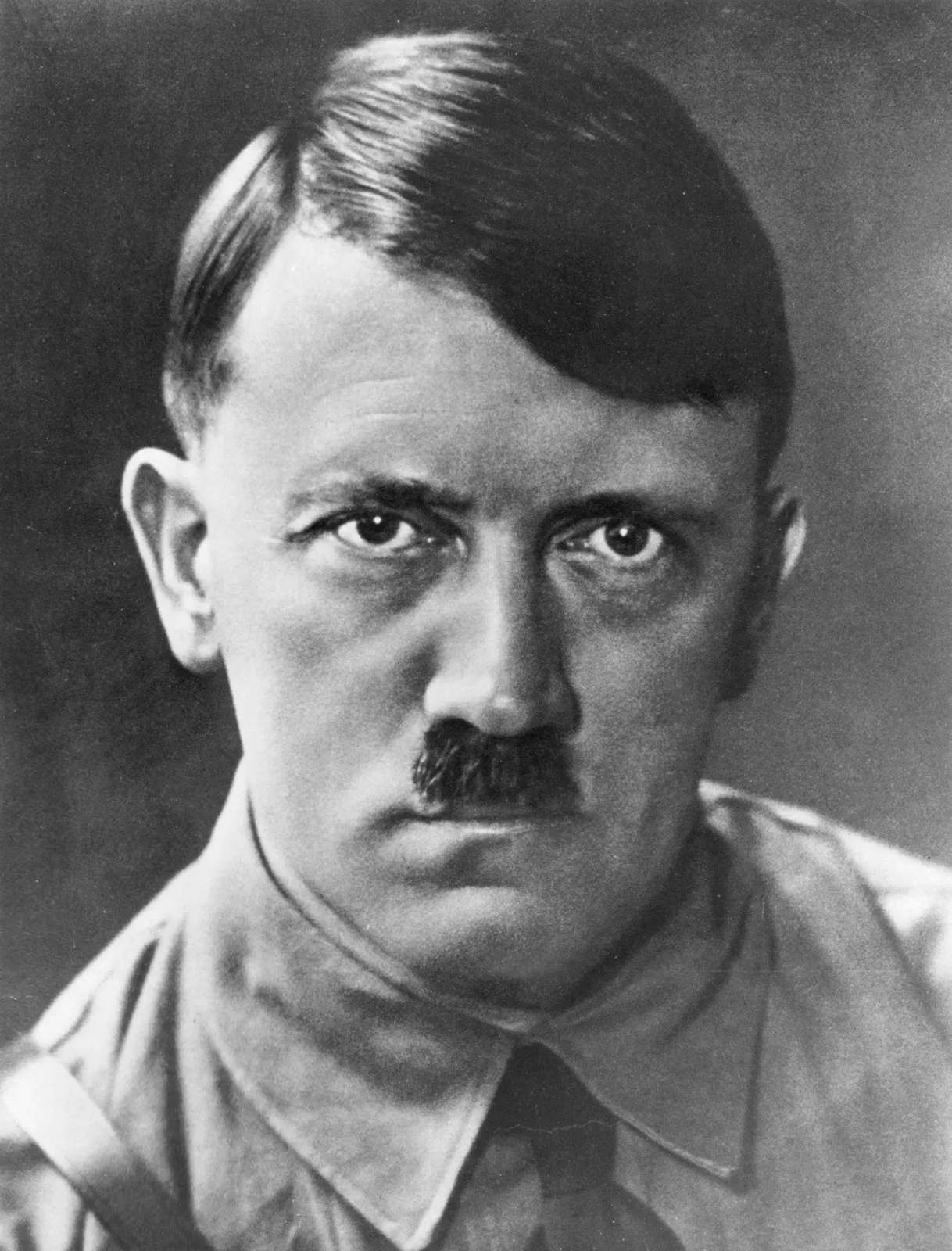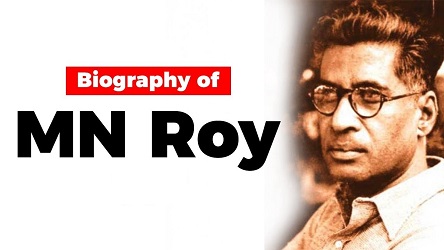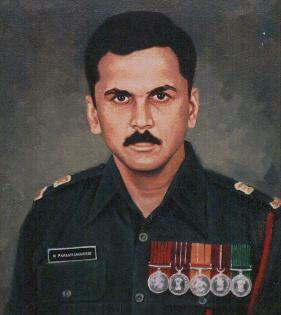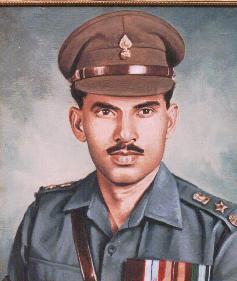Adolf Hitler, one of the most infamous figures in history, was born on April 20, 1889, in Braunau am Inn, Austria-Hungary (now Austria). Here’s an overview of his life:
- Early Life:
- Hitler was born to Alois Hitler and Klara Pölzl. His father, a customs official, died when Hitler was 13 years old.
- He showed an early interest in art but struggled to gain admission to art school in Vienna.
- Military Service in World War I:
- At the outbreak of World War I, Hitler enlisted in the Bavarian army.
- He served as a dispatch runner on the Western Front and was awarded the Iron Cross for bravery.
- Entry into Politics:
- After World War I, Hitler joined the German Workers’ Party (DAP), which later became the National Socialist German Workers’ Party (NSDAP), or the Nazi Party.
- He rose quickly through the ranks due to his charisma and powerful oratory skills.
- Rise to Power:
- Hitler attempted to seize power in the failed Beer Hall Putsch in 1923, for which he was briefly imprisoned.
- He later adopted a strategy of legal political maneuvering and propaganda to gain power.
- In 1933, Hitler was appointed Chancellor of Germany by President Paul von Hindenburg.
- Consolidation of Power:
- After becoming Chancellor, Hitler quickly consolidated power, dismantling democratic institutions and establishing a totalitarian regime.
- He abolished freedom of speech, press, and assembly, and persecuted political opponents, Jews, Roma, homosexuals, and other minority groups.
- World War II:
- Hitler’s expansionist ambitions led to the outbreak of World War II in 1939, with the invasion of Poland.
- Germany’s military successes in the early years of the war, including the Blitzkrieg tactics, brought vast territories under Nazi control.
- Holocaust:
- Hitler’s regime implemented the systematic genocide of six million Jews and millions of others in what became known as the Holocaust.
- Concentration camps like Auschwitz, Treblinka, and Dachau were established for mass extermination.
- Downfall and Death:
- Hitler’s aggressive military strategies eventually led to Germany’s defeat.
- As Soviet forces closed in on Berlin in 1945, Hitler committed suicide in his underground bunker on April 30, 1945, alongside his wife Eva Braun.
- Legacy:
- Hitler’s regime left a devastating impact on the world, causing the deaths of millions and leading to the destruction and suffering of countless communities.
- He remains a symbol of tyranny, hatred, and the dangers of unchecked power.






